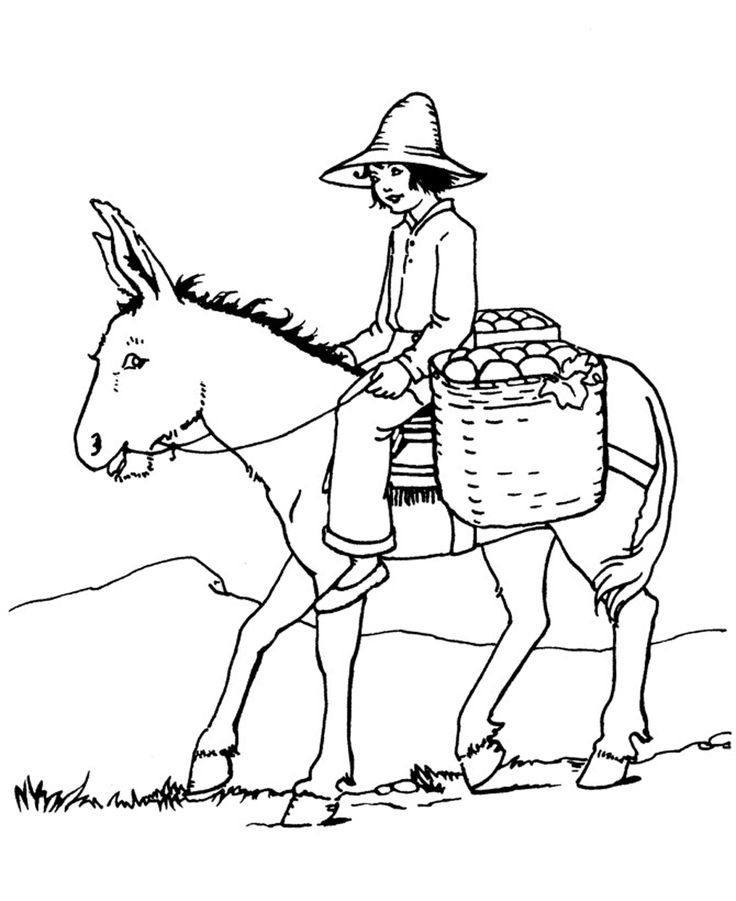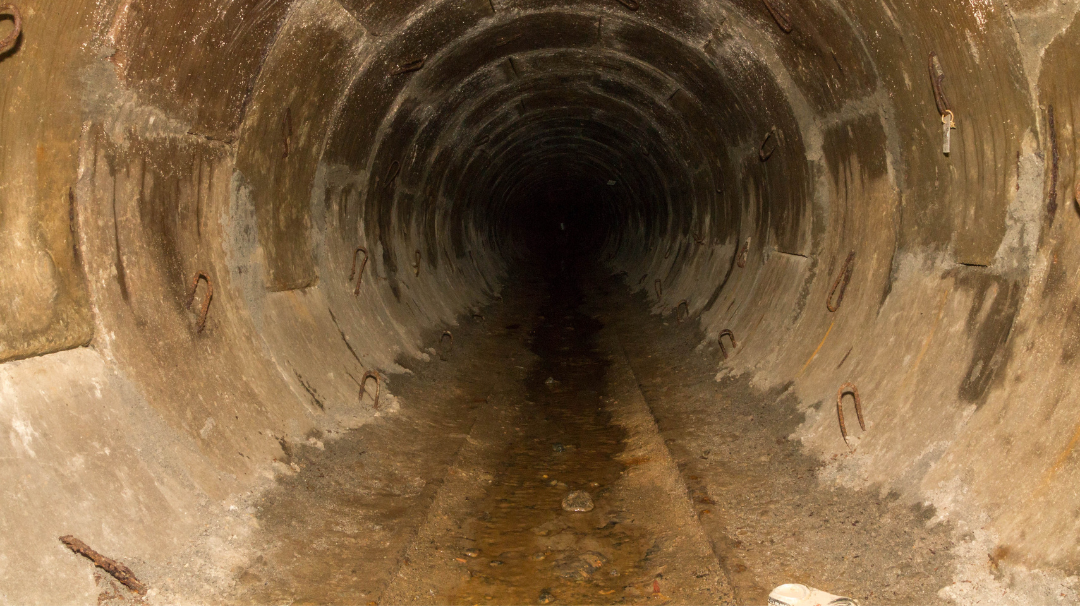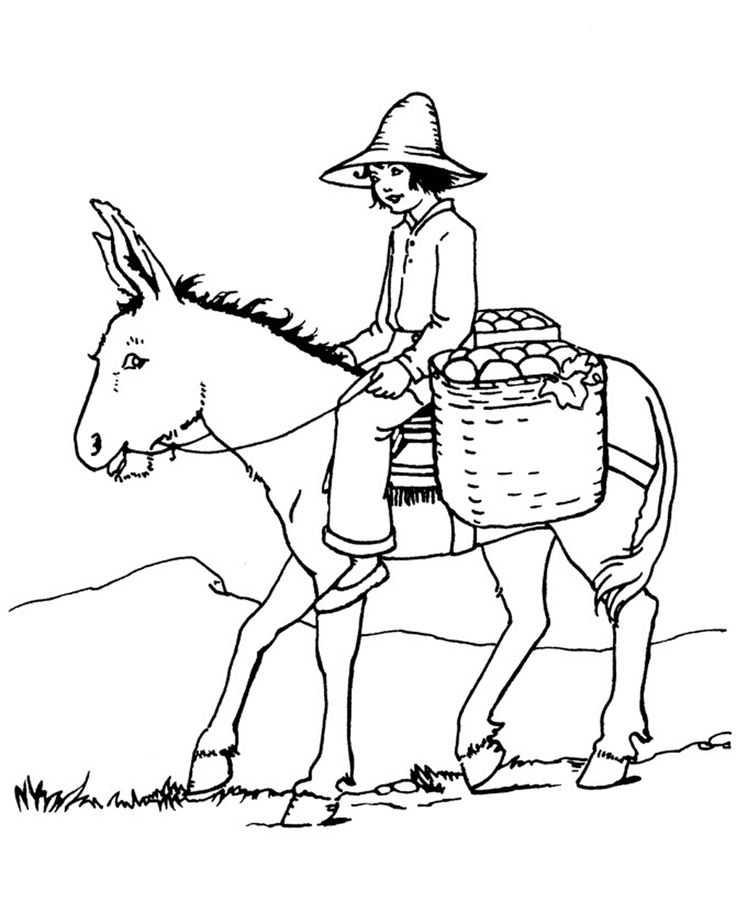
In the past, when I presented workshops on depression, I deliberately avoided in depth discussion on treating suicidal depression with Chinese medicine. Not because you can’t treat it, but because there were several factors to consider prior to committing to treat such a patient.
Looking back at my Singing Dragon webinar from September 2020, I saw that I had also left out any discussion on suicidal depression. I decided I needed to address this moving forward.
Therefore, this blog will discuss treatment strategy for patients with suicidal depression using two analogies:
- Water Well/Pit
- The Farmer and the Donkey.
I have also included the bonus 1-hour free video on ‘Depression: The Silent Killer’. In the video I discuss Acupuncture Point Combinations (APC’s) to treat a range of different types of depression according to organ imbalances.
Water Well/Pit

Picture a person with suicidal depression as being down in a big hole or pit. If you prefer, picture them at the bottom of an empty water well. This giant hole is their depression, or what I often refer to as ‘Pit Depression’. They are stuck in it and because depression doesn’t use any energy to sustain itself, they stay in it. They stay in their pit!
Over a period of time, sometimes months, but usually years, they have created this ‘Pit’. The reasons for the ‘how’s’, ‘why’s’ and ‘when’s’ are discussed in my video. What I want to focus on is what you do as a therapist for a patient that is down in this water well.
Your patient is asking for help. They are down in this water well and are calling out to anyone passing by. In this case, you, as the therapist, are passing by and you hear them. In this example, if you choose not to treat them, then you walk right on by that hole. If, however, you do choose to treat, then you walk up to the hole and look down into it.
Under normal circumstances, we might go and find a ladder, a rope, or maybe even create a pulley system to drag/lift them out. This equipment is your Chinese medicine treatment. Under normal circumstances, this would probably be a good approach. For patients with suicidal depression, this is a VERY BAD idea. Why?
Picture again that you just so happened to have a ladder handy. You toss it down, they climb out and feel amazing; on top of the world; HAPPY! For all intents and purposes, it appears as if your treatment was a success. And it probably was … briefly!
And this is where the BIG problem exists; they feel great for a period of time but then they start to slide back towards that pit again. Their new energy, their new happiness is sliding away from them. They see their pit depression and they will do ANYTHING to stay out of that hole. And crucially, because they now have energy, they can follow through with their threat of suicide. When they were in their hole, they could dream about suicide; they could plan out their suicide, but they didn’t have any energy to commit suicide. BUT NOW THEY DO!
So, under no circumstances do you throw your suicidal patient a ladder. Don’t throw them a rope; don’t construct a pulley system to drag them out. Why? Because its too much too fast.
So, what do you do instead?
Go and grab some bricks. Tell your patient to get out of the way and toss the bricks down into the pit. They lay the bricks across the bottom of the pit and climb up onto them. This is your treatment. The next time they come in for an appointment they will probably tell you: “I felt a little bit better, but not much”. This is GOOD news. Your next treatment is throwing down another bunch of bricks. They lay them down on top of the previous bricks and step up. Each treatment is a layer of bricks. Over time, these bricks (treatments) fill the hole in. They can now climb out on their own and even if they feel like sliding back into the suicidal depression hole again, they can’t because the hole doesn’t exist anymore. So, they might still have some minor depressive episodes, but they no longer have suicidal ideologies.
But what does this all mean in terms of treating your patient?
Remember that ‘less is more’ for these patients. Whatever number of needles you use in an average treatment; use less for this patient. Whatever your usual needle retention time is; leave them in for less with this patient. Also space the treatments out. I would recommend no more than once a week. Give their body a chance to process the information you gave them. Explain this process to your patient. Get them to focus on small changes and ensure they understand that these are significant changes. ANY change is good, no matter how small. Get them to make notes of any changes on their phones or on a little booklet they carry around with them. Small changes are hard to remember if they occur a week before your next appointment, so they need to document these and be witness to them. You are a team, and you can get there. It just takes time. Which leads me to the next analogy of ‘The Farmer and the Donkey’.
The Farmer and the Donkey

This analogy goes something like this. You are the farmer (therapist), and the suicidally depressed person is the donkey (potential patient). Maybe don’t tell your patient that they are a donkey? 😉
The donkey falls into a hole on the farm and calls out to the farmer for help. The farmer comes over to assess the situation. Upon review the farmer decides that they don’t have the relevant equipment to lift the donkey out. Fearing that more animals on the farm will fall into the hole, the farmer decides to fill the hole in. As the farmer is scooping dirt back into the hole, the donkey yells out: “What are you doing? I need help”. The farmer informs the donkey that they can’t help the donkey and that whilst it is a shame, they have to fill the hole in and the donkey will be buried alive.
The donkey now has two choices: it can fight, or it can give up. In relation to the therapist/patient relationship it might look like this:
If the donkey patient fights, then as the farmer therapist throws the dirt into the hole, the donkey pushes the dirt down onto the bottom of the hole creating a firm base to climb up onto. Over time, the farmer (and the donkey) have filled the hole in. The therapist and patient worked together as a team to remove the suicidal depression.
If the donkey gives up, then there is nothing you can do for these patients. In all likelihood, they don’t even become your patient because they won’t commit to treatment. They may have attachments to their disease; they may not believe you (or anyone) can really help them; they may have consciously/unconsciously given up on life and are just biding time.
If you have a patient that genuinely wants to get better, then I really believe that you can help them, regardless of what disorder they have. If they don’t, then you need to decide if you will even start treating them.
A patient with suicidal depression needs to be on board for their healing to take place. You have to have a strong farmer therapist and donkey patient relationship. In all likelihood there will probably be other farmers helping too. A counsellor farmer; a doctor farmer and maybe some other farmers. The more farmers there are, the more chance that the donkey patient can be saved.
The key takeaway from this article is this: if you have a patient with suicidal depression, PLEASE be careful. PLEASE be gentle; PLEASE take baby-steps with your treatments. If you both stay the course, I genuinely believe you will get there.
Love and light to you all.
This post was written by David Hartmann, author of The Principles and Practical Application of Acupuncture Point Combinations (2019). You can find out more about David by visiting his website: https://davidhartmanntcm.com/ or reach out to him via email: dahartmann8@gmail.com
Intrigued by David and his work? Hear David talk at conferences this Autumn
David will be presenting his own workshops this autumn across Europe. You’ll be able to find him in the following locations:
- Tao Congress – Graz, Austria – 22nd-24th September 2022
- ICZO – Antwerp, Belgium – 30th September-2nd October 2022
- IL – Soesterberg, Netherlands – 7th-9th October 2022
- Swedish Chinese Medicine Association – Stockholm, Sweden – 15th-16th October
- Northern College of Acupuncture – York, England – 21st-23rd October
Contact David via his email address for more information